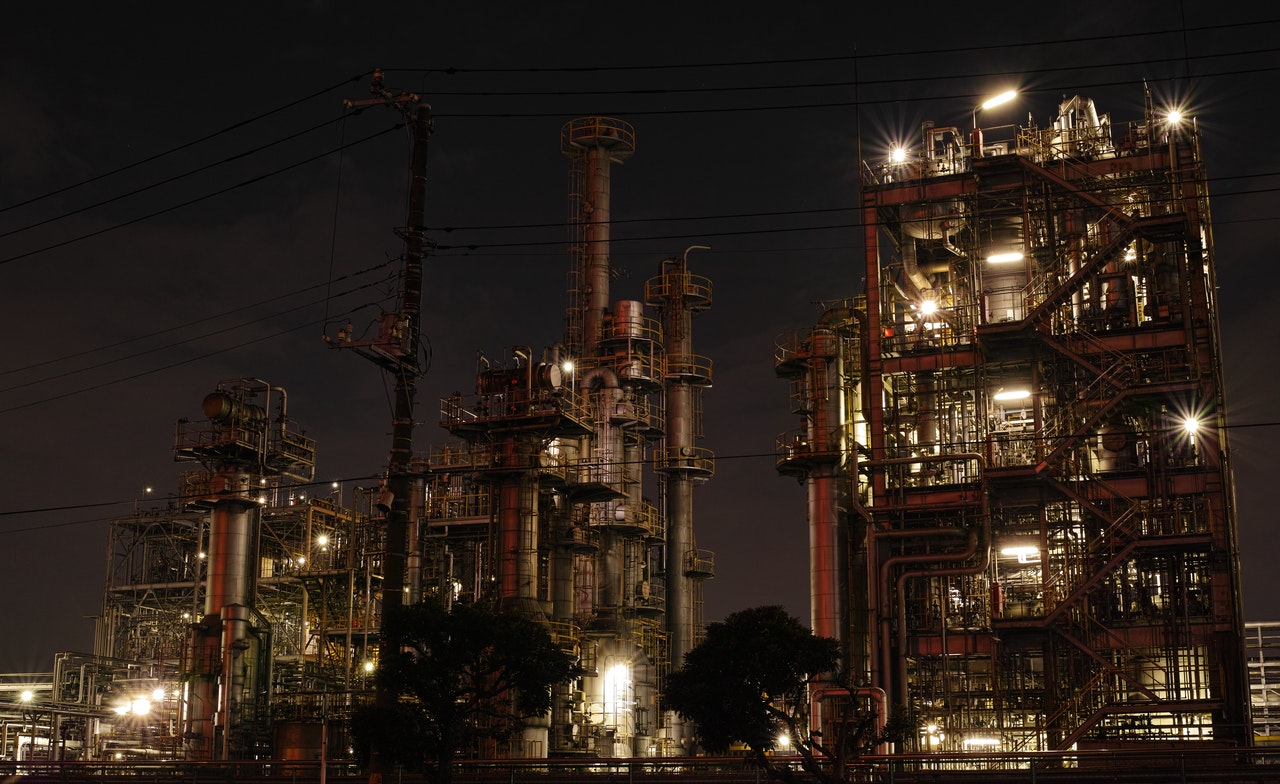Businesses with a distributed footprint in the form of branch offices/outlets (Banks, fast food restaurant chains, retail outlets, etc.) have a challenge managing their energy costs. The lack of information related to the supply and consumption of power at equipment level as well as at branch office/outlet level complicates the management of such a distributed network of facilities. Access to the internet across the country has enabled energy monitoring and management solutions to overcome the information gap mentioned above.
In this blog we sighted 6 key reasons why organizations with branch offices/outlets should look at small facility energy management.
1. Energy Cost Savings:
Energy costs at branch offices/outlets on an individual basis does not justify having a dedicated team at each such office/outlet to manage energy. Especially, since personnel in each of these offices are required to focus on their core business activities. However, when energy costs are aggregated across the entire branch/outlet network, such costs can be significant. For example, a network of bank branches might have an individual branch energy cost of INR 1.25 Lakh per month. This when collected across the network of 5,000 branch offices is an annual energy cost of INR 750 crores. Efficiency improvement of 15% could result in reduction in operation expense of INR 112.5 Crores and a significant drop in carbon footprint.
2. Standardization Across the Network:
The business of each branch office/outlet will be the same and driven by the services it delivers. The equipment, processes and methods used in running the business will be consistent with this similarity. Local conditions sometimes require the modification of such equipment, processes and methods to ensure the best results. With increasing rural presence, access to energy has become one of the biggest challenges in maintaining the required similarity. Energy monitoring and management allows to identify patterns to allow for creation of categories of branch office/outlets that can have standardized operations. Even when a new branch office/outlet is being planned, the local data will help in determining the category of site and hence the operating parameters. This standardization can provide significant value when measuring the business performance of these branches and improving their operating efficiency.
3. Efficient Central Level AMC Management:
Annual Maintenance Contracts (AMCs) are managed centrally for every business. The above-mentioned standardization along with the information received from energy monitoring at each facility can help identify issues with equipment as soon as they arise. The data record can help determine the root cause and place ownership of the issue with the right party. It also ensures such problems are fixed expediently and as a result of standardization, if the problem is systemic, then a proactive solution could be prepared ensuring minimal or no downtime for the business.
4. Condition Based Maintenance Improving Asset Life:
Maintenance is carried out at predetermined intervals or according to prescribed criteria. Many a times by the time the maintenance is performed, the equipment might have degraded resulting in high energy consumption, increased cost of maintenance or reduced asset life.
In condition-based maintenance the equipment condition is continuously assessed by monitoring the electrical characteristics using the energy monitoring system. Maintenance is carried out when indicators signal that an equipment is deteriorating and/or there is an increased probability of failure.
This strategy, in the long term, will result in drastically reducing the costs associated with maintenance, ensuring efficient operation of the equipment and minimizing occurrence of serious faults that could result in equipment outage and reduced business uptime/efficiency.
5. Minimizing Contact and Travel During COVID-19 Pandemic:
Remote availability of site data allows assessment of the condition of the site and any associated issues or challenges in site operations. Understanding the root cause of a problem before dispatching personnel to fix the problem, improves operational efficiency by ensuring the right tools and the right personnel are dispatched the first-time, reducing contact and travel to the site thus saving cost.
Considering this difficult time of pandemic, lockdown and travel restrictions, uncertainty persists over the permissibility and safety of travel. Centrally managed sites reduce the risk associated with travel and social exposure while managing each sites/branch offices at optimal operating conditions.
6. Asset Life Tracking:
Asset life is affected by how an equipment is installed, maintained and operated. Many a time equipment are wrongly configured and will continue being operated in such a configuration since they are not being monitored. Our experience has shown that up to 40% of equipment in a branch office/outlet could be wrongly configured or could be functioning abnormally.
Such abnormal functioning or wrongful configuration in addition to consuming more than required energy will also compromise the asset life. Energy monitoring and management provides real time data and if configured correctly, can provide proactive feedback or alerts in such conditions.
At Racanaa we primarily focus on branch offices/outlets sized below 3500 Sq. ft. Our systems are designed to collect real time data to provide supply and demand side energy monitoring and management. We engage with a progressive time boxed approach with our customers, where success criteria for each stage is defined and our customers benefit from seeing the results achieved at each stage. We have a unique offering to distributed businesses who are interested in managing their energy costs and reducing their carbon footprint.






